
Royal College of Art - The Show 2002
July 18, 2002 - Eighteen final year students at London’s Royal College of Art postgraduate Vehicle Design course have recently displayed their work in the second part of the internationally renowned annual summer show
The Show: Two featured the work of students in Vehicle Design, Design Products, Industrial Design Engineering, Architecture and Interiors, Computer Related Design, Textiles, Animation, Communication Art and Design, Conservation and History of Design.
For the 15th year running Pilkington Automotive sponsored the Royal College of Art’s Vehicle Design Awards. The 2002 award for the most innovative use of glazing went to Ted Mannerfelt, aged 27 from Sweden for his Ford ‘Connect’ car.
The Connect is a modular assembly vehicle with a glass roof which can be lifted off and replaced by a simple windshield. The innovation is that the glazing has become part of the modular components.
Ted explains the motivation and inspiration behind his design: “My concept connects Henry Ford’s philosophy for car mass production with today’s communication infrastructure, using state of the art production and construction techniques. By using ‘flat pack’ self-assembly simple construction and the use of essential equipment, cost efficiency is assured. It also gives the car owner the opportunity to personalise the car.” Customers can customise the vehicle through an online ordering system.
Ted’s experience in the automotive sector includes four years at Coventry University studying Transport Design and work placements at Jaguar Advanced Design and Lotus Design.
This year’s winner of the Pilkington Automotive Best Overall Design Award is Ayline Koning, aged 24, from France, the first female student to win one of the awards. The Best Overall Design Award is presented to the student whose ideas best explore the limits of the vehicle design, considering both the requirements of industry as well as facing tough styling competition.
Ayline’s design ‘Aura’ is an asymmetric car for the future with bold glass flowing through its sleek sculpted body. She explains: “By night a car loses its three dimensional aspect and becomes a flat object, its design identity disappears. In this design I have explored the potential of light as a tool for transforming the appearance of a vehicle.”
Jaguar’s principal designer Keith Helfet, one of the judging panel, presented the prize of £1,500 to Ayline. He commented: “The design prize in particular looks for fresh ideas and innovation. Ayline really does capture this spirit of innovation with this very surprising and striking design.
“The concept of asymmetric vehicles has been tried many times in the past but we feel that she has been much more successful. There is great balance between the symmetry of the body side forms and the extremely bold asymmetric use of glass which flows through the car. The end result is a car which is stunningly different, giving an overall design statement which vehicle manufacturers struggle to achieve.”
Ayline’s experience in the automotive industry includes a year at Coventry University studying Transport Design, a placement at Citroen and her studies have been sponsored by Land Rover.
Commendations in the Best Overall Design category also went to Boris Grell, aged 26 from Slovakia, for his futuristic air ship with a personal pod made substantially of glass and Jaromir Cech, aged 27 from the Czech Republic for his city motorbike.
Nicholas David’s ‘rCar’ explores a new masculine design language, with the exterior aesthetic of the vehicle determined by the internal structure. The design uses contrasting robust architectural forms and organic shapes to emphasise masculinity. “The materials used and the interface of the exterior and interior evoke motorbikes with their exoskeleton feel and look”, explains Nicholas. The vehicle juxtaposes flowing bodywork with more mechanical structural shapes to give a unique personality.
Jaromir Cech proposed a motorcycle which represents the fundamental qualities of good design - ‘honesty, simplictiy and longevity’. Inspired by the qualities of Bang&Olufsen products, the Ford Bao Bao 125 is proposed as a part of the Ford vehicle range.
It offers some of the sophistication and convenience of car ownership, as a new entry-level vehicle. The design included a removeable navigation / information module which also acts as the key, a feature which could be offered as a personalization element, that remains with the customer as they move up through the manufacturer’s range of vehicles.
Jaromir also presented a Ford-branded luxury vehicle concept, based on the theme ‘Angel’, which explores the ideas of a vehicle that provides protection, guidance, comfort, and luxury.
Andrew Sheffield’s Cadillac concept proposes a future vision for the brand, examining a high-tech market niche: the rapid interstate commuter vehicle. Assuming radical shifts in road transport infrastructure, the concept is an autonomous driving system which lends itself perfectly to luxury travel, offering smooth, effortless and swift progress.
Kris Hardy created a commuter bike for London. It is intended as a bike for bikers, rather than a vehicle that attempts to get drivers on two wheels. The design embraces contemporary biking culture, and the enjoyment of motorcycling. Kris explains,”The bike is a vehicle that is just as emotional as it is practical. Today’s bikes are visually cluttered, based on that of race bikes, but this bike is to fit into an environment such as London, with a simplified surface language”. A striking feature of the design is the dual rear wheels with a central swing arm.
Boris Grell found inspiration in Jules Verne stories, in creating his airship ‘Viair’, which seeks to bring back the feeling of freedom in air travel. The concept focuses on the journey, a travelling holiday, a kind of flying gallery on the world, which celebrates the romance and the beauty of flight. The design takes it’s inspiration from architectural forms, using challenging transparent materials. The five passengers and crew for journeys lasting longer than a week would cruise the world at low altitude in a quiet, vibration-free cabin, featuring large widscreens for the maximum view.
Insoo Hong proposes a kit-car for the cyberspace generation. The generation that grew up with computer games could believe that the virtual world is more exciting than the real world. The concept uses digital technology to offer a new relationship between manufacturers and customers, allowing the customer to specify the desired attributes of their vehicle, with the digital configuration system then proposing the appropriate components for a final design. The use of new technologies would allow low-volume manufacturers to efficiently offer an individual solution for each customer.
The RCA Vehicle Design department, which is supported by many major automotive manufacturers, aims to develop the student’s creative, intellectual and critical potential. “Our fundamental aims are to provide a learning environment that stimulates students to go beyond their expectations and become first class designers” explains Dale Harrow, head of the Vehicle Design department. “Research abilities, understanding the future implications of their designs, and taking social responsibility for their work are essential elements of a Vehicle design student’s journey.”
The course has an impressive employment record and almost every automotive design studio in the world employs a Royal College of Art graduate, many in senior executive positions. Over 150 vehicle designs ‘on the road’ can be attributed to earlier Royal College of Art graduates.
The Royal College of Art is the world’s only wholly postgraduate university of art and design, specialising in teaching and research and offering the degrees of MA, MPhil and PhD across the disciplines of fine art, applied art, design, communications and humanities.
There are eight hundred masters and doctoral students and more than a hundred professionals interacting with them - including scholars, leading practitioners of art and design and innumerable specialists, advisors and distinguished visitors.
Photos: Brett Patterson

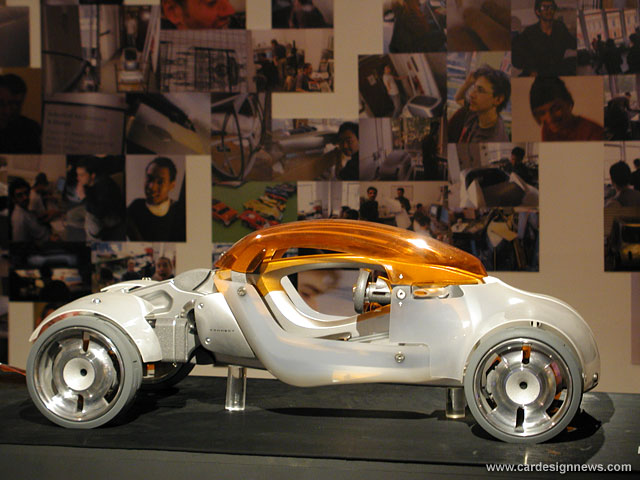
‘Connect’ by Ted Mannerfelt

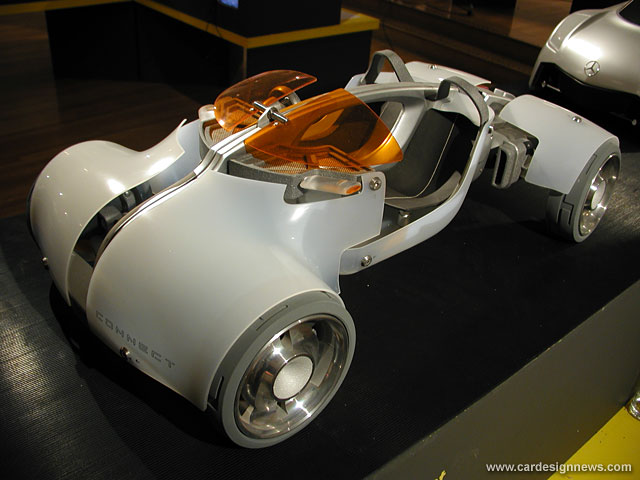
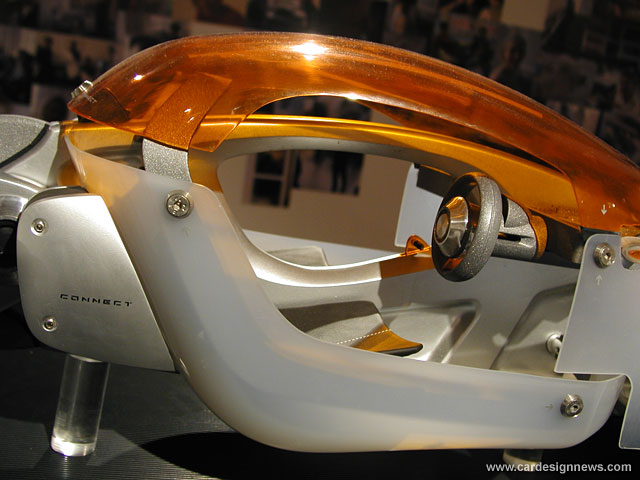
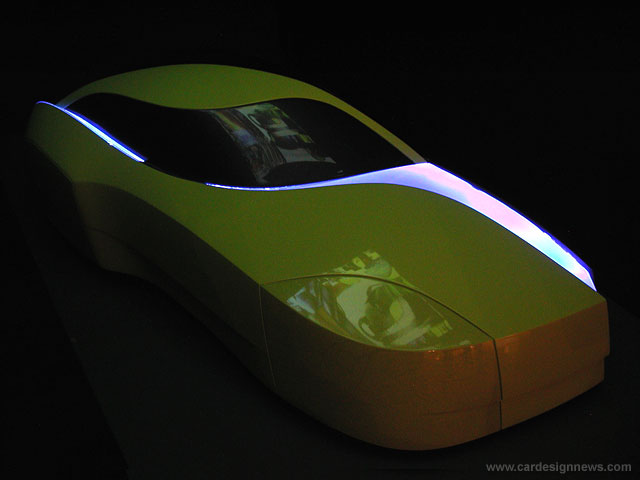
‘Aura’ by Ayline Koning

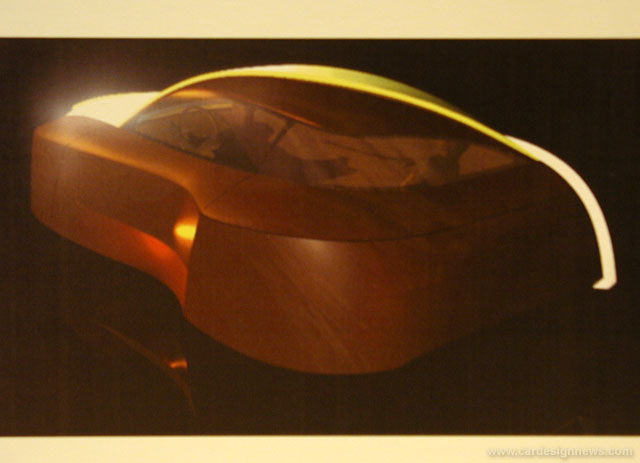
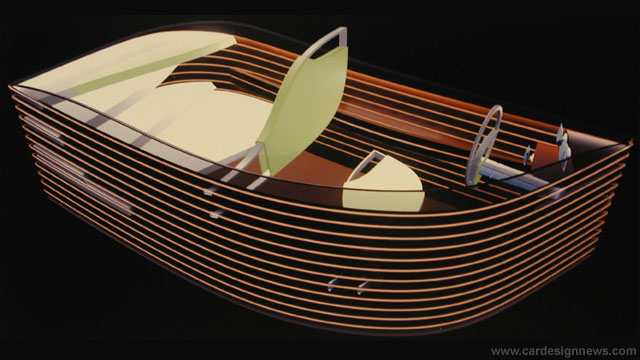

‘rCar’ by Nicholas David
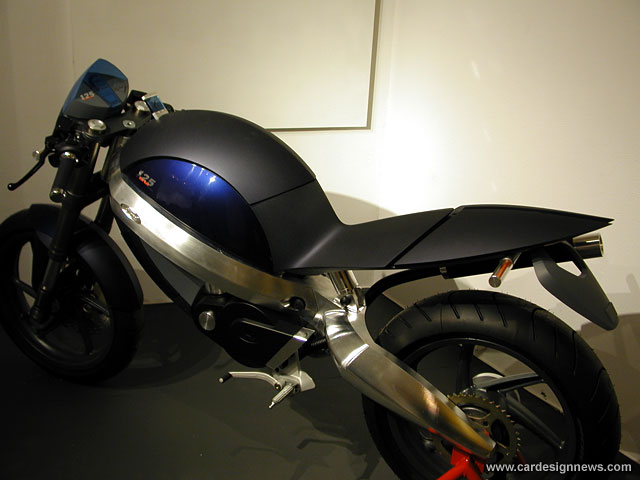
‘Ford Bao Bao 125’ by Jaromir Cech
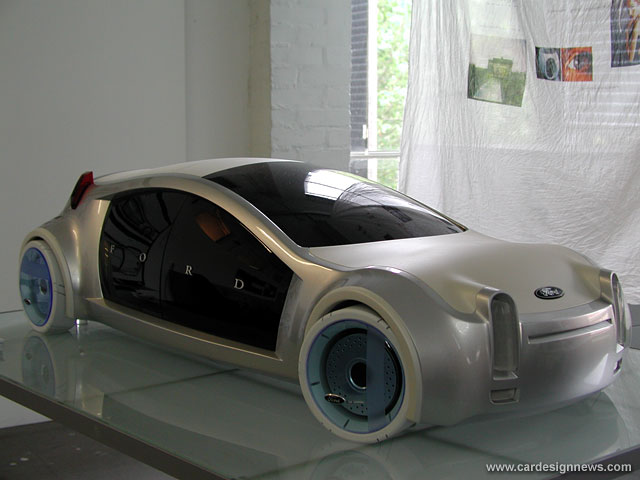
Ford ‘Angel’ concept by Jaromir Cech

Cadillac concept by Andrew Sheffield
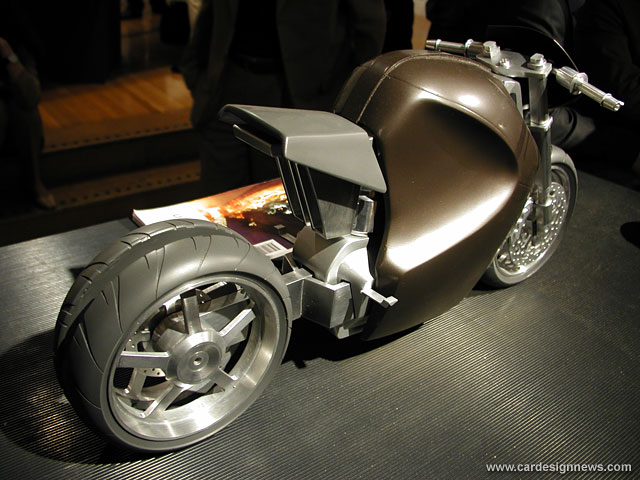
Commuter bike for London by Kris Hardy

‘Viair’ airship by Boris Grell

‘Cyberspace kit-car’ by Insoo Hong
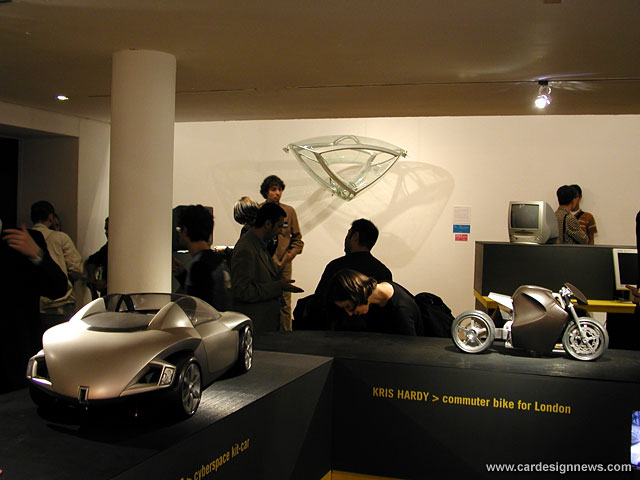
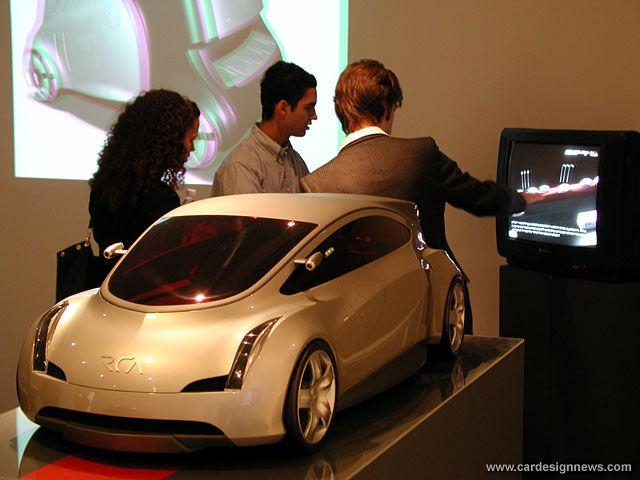
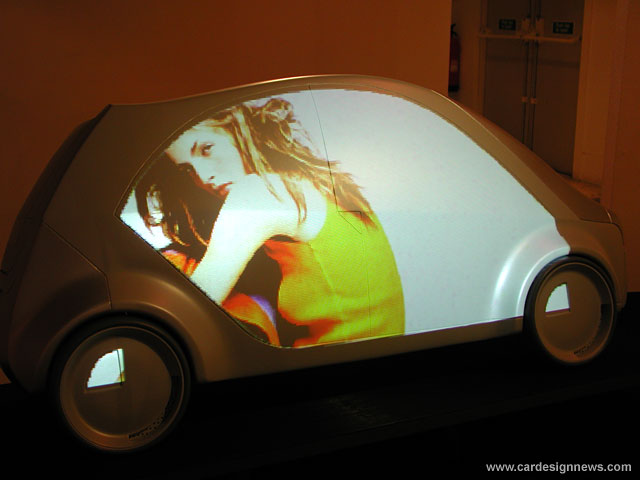
Maximiian Missoni, Phillip Plimmer



